If there’s one thing this video tells us, it’s this: using a high-end Android device in direct sunlight simply sucks, no matter what display technology you’re using. That said, one older technology (TFT LCD) and a newer display technology (Super AMOLED) looks to suck less up against its predecessor (AMOLED) when they’re put side by side under the same lighting conditions.
TechBlog gave us a look at how the Sony Ericsson Xperia X10 (TFT LCD), the HTC Desire (AMOLED), and the Samsung Galaxy S (Super AMOLED) compare and the results weren’t the most surprising. AMOLED’s shortfall has always been how it performs in intense lighting conditions – which, alongside improved power efficiency, has been a big reason why Samsung’s developed the new AMOLED tech – and that’s echoed more than ever in this video.
It’s hard to get a good look at how these things truly stack up under the sun without being there in person, but you can get a pretty good idea. The TFT Display on the X10 and Samsung’s Super AMOLED on the Galaxy S makes it far easier to make out text and images on the devices, while the HTC Desire’s AMOLED struggles to be usable without any sort of shade.
Now we just need to wait until Super AMOLED technology can begin meeting demand (hopefully within the next 12 months) so that more smartphone manufacturers can actually use it without worrying about shortages. Until then, you might also want to see how these devices stack up in optimal lighting conditions. That comparison can be found just below this text.
[via Engadget]

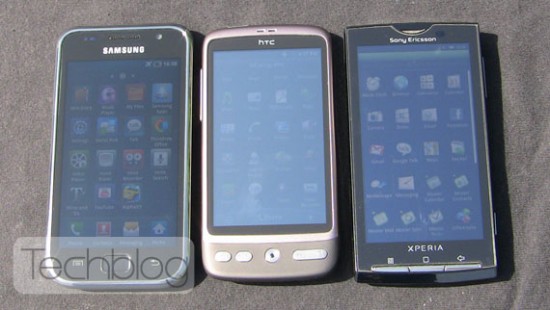
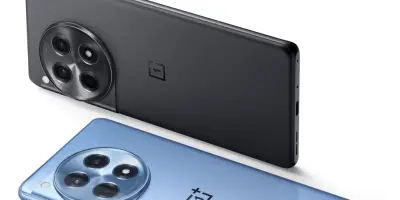

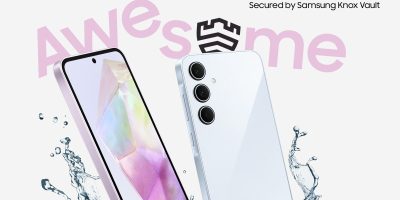
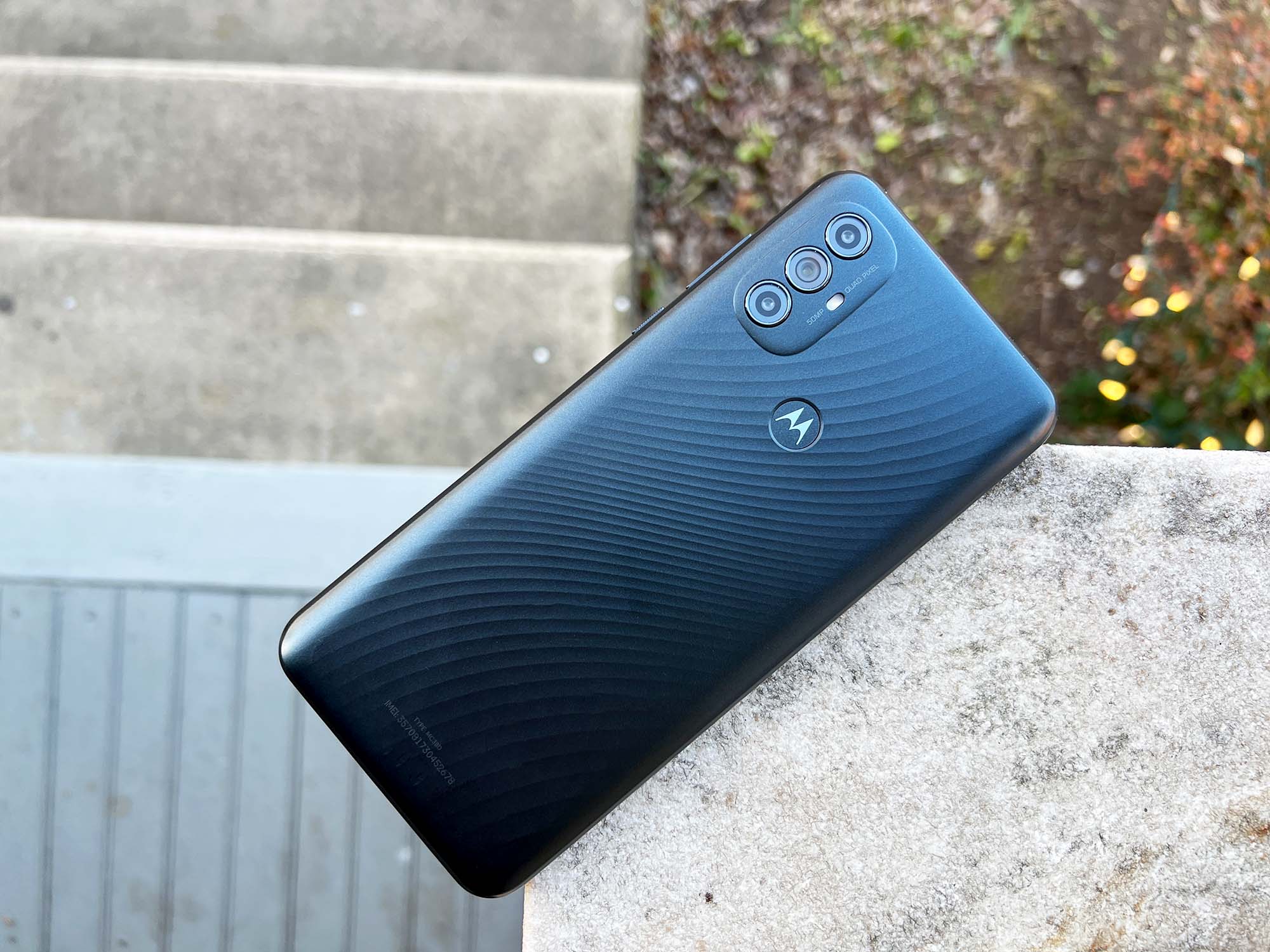

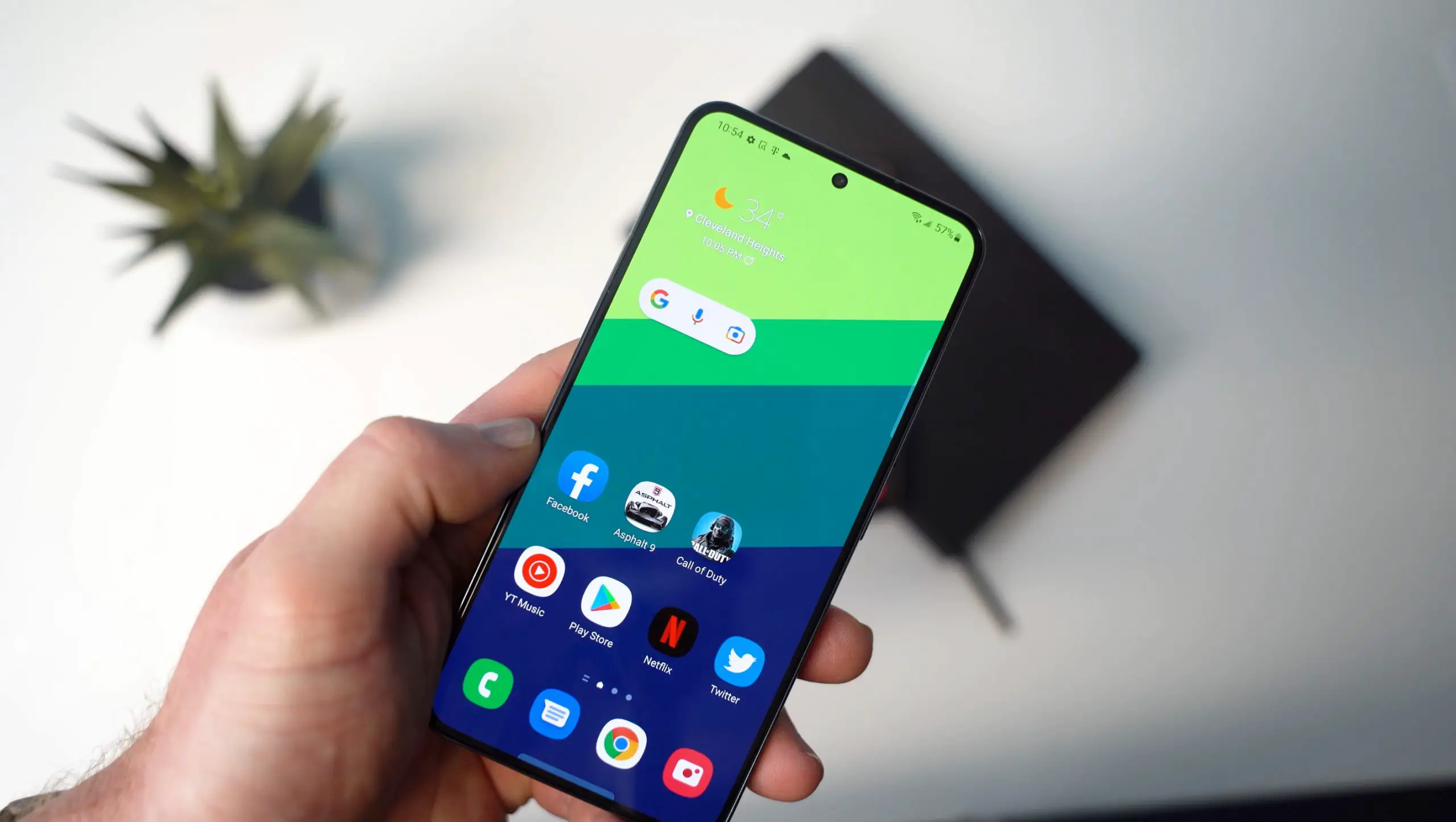
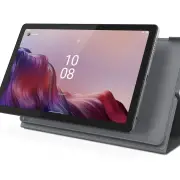
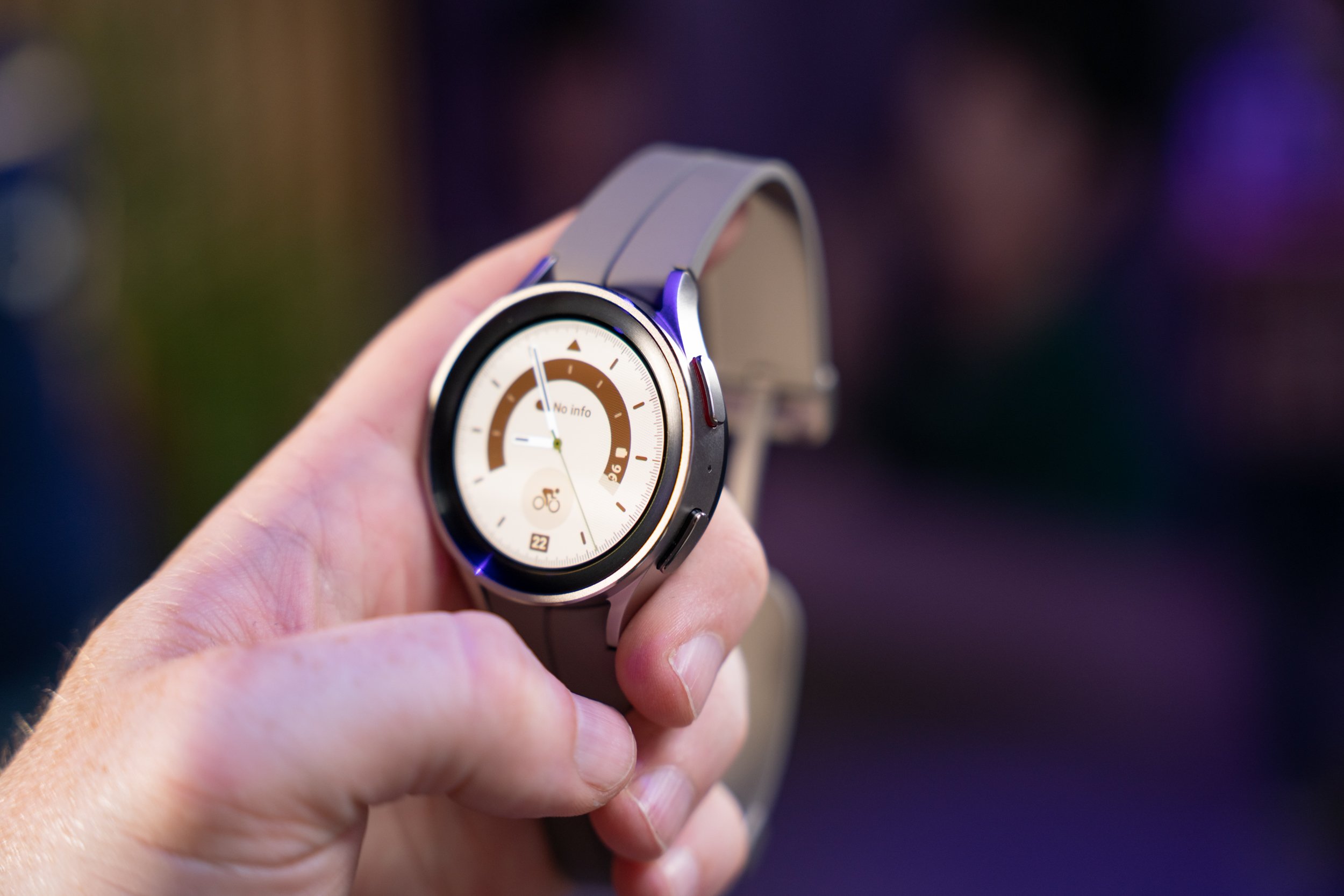

It seems to me the Galaxy S’ screen simply saturates everything while the X10’s seems to preserve more detail but is duller. Desire’s just simply seem to suck badly.
i own a desire , it sucks hardy balls in sunlight….but i live in south africa, what would i be doing using it in public unless i wanna be hunting for another phone…lol…
Vernon , your a skell …
The desire is basically the same as the Nexus One which is used by Google employees in California and there doesn’t seem to be any complaints.
Mine is fine in the sun provided you turn the brightness up. I certainly don’t think it’s any worse then any other phone I’ve had.
X10 rocks! And it survived a full dive into a lake test yesterday. That’s the power of superior Japanese quality.
uhh I just turn my brightness all the way on my nexus one and it works fine.
yeah just crank the brightness on an AMOLED and it’s perfectly usable
I have a BB S2 and have had BBs for years. I know they aren’t AMOLED, but they do have an auto sensor that cranks up the brightness in direct sunlight so you can easily read the screen.
Does Android have something like this? I’m switching to Android this Fall and hope this is/will be a feature. Would be a pain to manually adjust it everytime.
Thanks for the help and can’t wait for the switch.
@Vlad – That would be the Swedish portion of the phone. ;)
i like this test.
I have the Samsung Moment with the AMOLED screen, and you do have to shade the screen if you’re outside, especially on a sunny or overcast day. But what are you doing, standing out in the sun, anyway? Savage!!
@Clavis exactly people complain about sun visibility a lot. Get out of the sun! my Nexus One does well with the brightness cranked up in the sun.
@TallyHo yes most of the newer Android phones have that auto dim/brightness feature built in.
i have a N1 (same as the Desire) in las vegas which is pretty much like living right next door to the sun for most of the year. i noticed the problem in harsh light right away but turning up the screen brightness all the way pretty much solves the problem. and since i don’t work outdoors all day long it’s not really a big deal to change it (one swipe plus 2 taps) as necessary.
man, that super amoled looks awesome
@RICK are you an arsehole?????
love my desire…i have never cranked the brightness up all the way ,gonna try it today….just excited that it’ll get froyo and gingerbread and hopefully whatever else comes after that…..
oh and @rick you’re a dick!!!!! just cause im in south africa that does not mean im homeless i probably live in a far beter house than you..you think not point your web browser to google street maps and check out my crib you arsehole…18 azalea place,isipingo hills,durban south africa
you asswipe….
Based on the comparison video (the 2nd one), it looked like the Samsung Galaxy S provided the smoothest video and, perhaps, the best color output. Though (as commenter “A” mentioned) the color does seem a bit oversaturated, it seems to appear better than the dulled color (being the opposite end of the spectrum) on the Sony Experia X10. The framerate on the Galaxy S clearly outperforms the other two phones in the comparison.
I’m actually really impressed by my purchase of the x10 now.i think I’d you conclude both tests your safer option is to stick with the technology you know for the moment. Obviously no one has amoled perfect yet and the last vid they all had auto detect brightness on too.